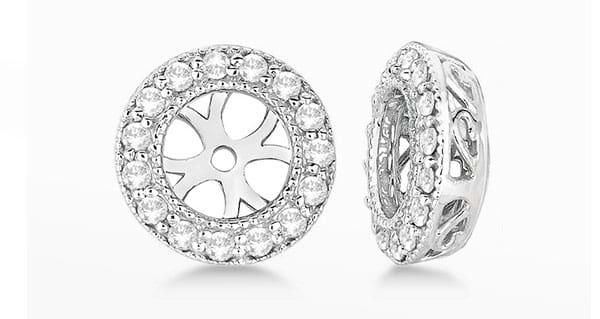Lab grown diamonds, once a niche choice, have surged in popularity as ethical and sustainable alternatives to mined diamonds. One of the intriguing aspects of these diamonds is their inclusions, which play a pivotal role in their uniqueness and value.
Introduction to Lab Grown Diamonds
In recent years, lab grown diamonds have revolutionized the jewelry industry. These diamonds are cultivated in controlled environments using advanced technological processes that mimic the natural diamond-growing conditions deep within the Earth’s crust.
Understanding Inclusions
Diamond inclusions refer to natural imperfections that form during a diamond’s crystallization process. These imperfections can vary widely in size, shape, and position within the diamond. In natural diamonds, inclusions are often seen as identifying characteristics that help gemologists distinguish between stones.
Inclusions in Lab Grown Diamonds
Similarly, lab grown diamonds can also develop inclusions during their growth process. Despite being created in a controlled environment, the crystal growth can still result in internal features that affect the diamond’s clarity and appearance.
Types of Inclusions
Inclusions in lab grown diamonds can include metallic inclusions, non-metallic inclusions such as crystals or clouds, and structural features like feathers. These inclusions are typically evaluated using specialized equipment to determine their impact on the diamond’s overall quality.
Metallic Inclusions
Metallic inclusions in lab grown diamonds can vary from tiny specks to larger, visible spots within the stone. These inclusions may affect the diamond’s clarity grade and aesthetic appeal.
Non-metallic Inclusions
Non-metallic inclusions encompass a broader range of materials that can be trapped within the diamond’s structure during its formation. These include crystals, clouds, and other imperfections that can be detected under magnification.
Impact of Inclusions on Diamond Quality
The presence of inclusions significantly influences a lab grown diamond’s clarity grade, which is an essential factor in determining its value. Gemological laboratories use precise grading scales to evaluate the clarity of diamonds, with inclusions affecting the overall grade assigned to each stone.
Inclusion Identification Methods
Gemologists employ advanced techniques such as microscopic examination and spectroscopy to identify and categorize inclusions in lab grown diamonds accurately. This meticulous process ensures that diamonds meet specific clarity standards before being offered to consumers.
Quality Assurance in Lab Grown Diamonds
Leading manufacturers of lab grown diamonds adhere to rigorous quality control measures to uphold standards of excellence. Certifications from reputable organizations validate the authenticity and quality of these diamonds, providing reassurance to buyers.
Popular Lab Grown Diamond Brands
Several prominent brands specialize in lab grown diamonds, each with its approach to ensuring superior quality and customer satisfaction. These brands prioritize transparency and ethical practices in their production processes.
Inclusions and Price Variation
The presence and visibility of inclusions can influence the pricing of lab grown diamonds. While some consumers may prefer diamonds with minimal inclusions, others appreciate the uniqueness and character they provide.
Advantages of Inclusions in Lab Grown Diamonds
Inclusions in lab grown diamonds can offer a distinctive appeal compared to their natural counterparts. They provide consumers with affordable options that boast individuality and ethical sourcing, aligning with modern preferences for sustainable luxury.
Conclusion
In conclusion, inclusions in lab grown diamonds add a layer of complexity and uniqueness to these sustainable alternatives to mined diamonds. Understanding how inclusions are formed and evaluated can empower consumers to make informed choices when purchasing these exquisite gems.




